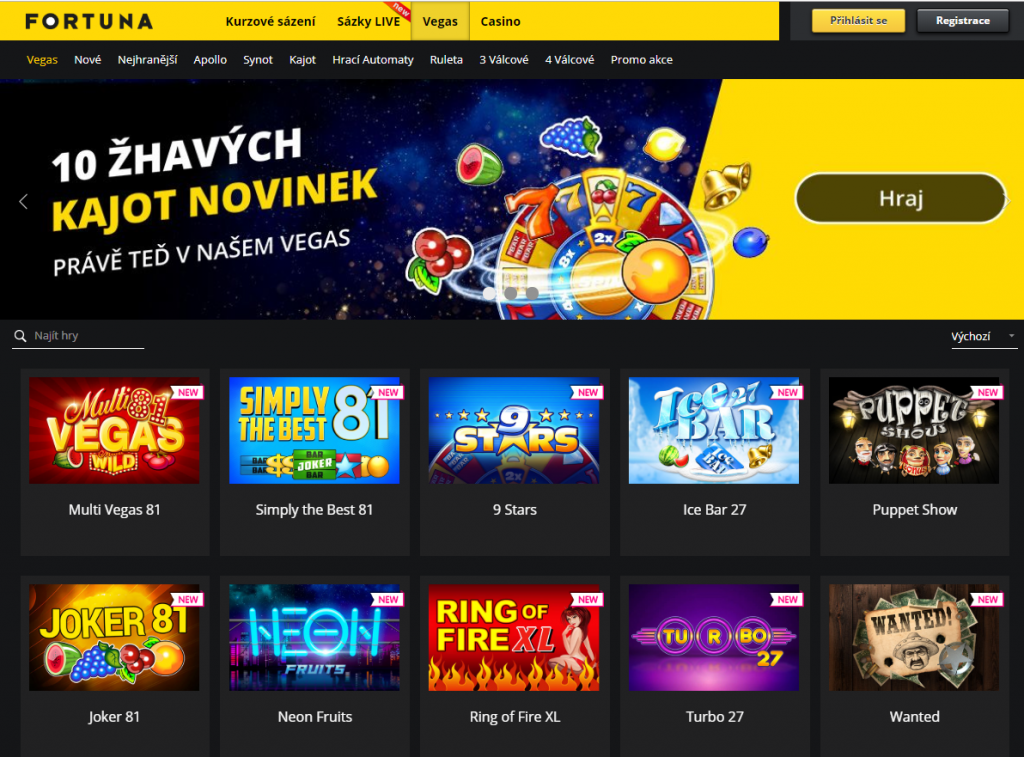1. Introduction: Connecting Ancient Coins, Mythology, and Modern Gaming
Coins have long served as more than just mediums of exchange; in ancient civilizations, they were powerful cultural symbols carrying religious, political, and mythological significance. These small artifacts often depicted deities, heroic tales, and mythic symbols that reinforced societal values and shared beliefs.
Mythology, as the collective storytelling of cultures, profoundly influenced the design and symbolism of ancient currency. For example, Greek coins frequently featured gods like Zeus or Athena, embodying divine authority and cultural identity. This intertwining of myth and economy created a lasting legacy that echoes through history.
Transitioning to modern times, the influence of mythological themes persists, especially in the realm of entertainment and gaming. Contemporary games often draw on ancient myths to craft immersive worlds, engaging narratives, and symbolic imagery, bridging the gap between past and present.
Contents
- The Cultural and Mythological Foundations of Ancient Coins
- Mythology as a Narrative Tool in Coin Design and Representation
- Evolution from Ancient Coinage to Modern Symbolism in Games
- From Physical Currency to Digital and Virtual Symbols in Games
- The Psychological and Cultural Impact of Mythology in Gaming and Currency
- Non-Obvious Perspectives: The Mythology Behind Coin Collecting and Game Design
- Conclusion: Bridging Past and Present Through Mythology in Coins and Games
2. The Cultural and Mythological Foundations of Ancient Coins
Ancient coins were more than simple monetary tools; they served as carriers of religious and mythological symbolism that communicated power, divine favor, and cultural identity. Through these artifacts, societies expressed their worldview, revered deities, and celebrated heroic narratives.
A classic example is the Greek drachma, which often depicted gods like Zeus or Athena. These images reinforced the divine right of rulers and the cultural importance of mythic figures. The depiction of these deities was not merely decorative but a statement of societal values rooted in mythic tradition.
For instance, silver drachmas from Athens frequently showcased Athena’s owl, symbolizing wisdom and protection, thus intertwining myth and civic pride. Such coins did more than facilitate trade—they embodied the collective identity and religious beliefs of the Greek city-states.
Examples of Mythological Symbols on Coins
- Greek Coins: Depictions of gods like Apollo, Artemis, and Zeus
- Roman Coins: Emperors adorned with mythic symbols like Hercules or Romulus and Remus
- Ancient Egypt: Coins featuring gods like Horus or Osiris
3. Mythology as a Narrative Tool in Coin Design and Representation
Mythological imagery on coins served as a storytelling medium, conveying complex narratives through visual symbolism. These images reinforced societal values, political legitimacy, and shared cultural stories, making currency a tool for education and propaganda.
For example, depictions of Zeus often included thunderbolts or the eagle, symbols of divine authority and sovereignty. Such imagery reinforced the ruler’s divine right to govern, linking political power with divine mythos.
Modern examples, like the ancient coin commemorating a victory or divine protector, demonstrate how mythological themes functioned as visual language—one that transcended literacy and communicated universal stories of heroism, divine intervention, and societal ideals.
“Mythological imagery on coins encapsulates the collective consciousness of civilizations, transforming currency into a vessel of cultural memory.”
4. Evolution from Ancient Coinage to Modern Symbolism in Games
The influence of mythological motifs has persisted and evolved, shaping the landscape of modern entertainment. Today’s games often draw inspiration from ancient myths to create compelling narratives and symbolic imagery that resonate with players worldwide.
Post-2020, the rise of anthropomorphic animals in slot games exemplifies a modern mythic archetype—characters embodying virtues and stories rooted in cultural symbolism. These characters serve as modern mythic figures, echoing the divine and heroic narratives of ancient mythology.
Many contemporary titles incorporate mythological themes to enhance storytelling and engagement. For example, mythic settings like Olympus or Asgard provide familiar archetypes that enrich game worlds, making them more immersive and meaningful.
In this context, the game 19 paylines exemplifies how modern platforms integrate mythological symbolism—here, Greek mythology—into game mechanics and visuals, creating a bridge from ancient stories to digital entertainment.
5. From Physical Currency to Digital and Virtual Symbols in Games
The transition from tangible coins to digital tokens reflects broader technological shifts. Virtual currencies and symbols now serve as representations of value and identity within online platforms and games.
Mythological figures continue to play a prominent role in virtual currencies and slot games, symbolizing power, luck, and divine favor. These images evoke cultural memory and shared stories, fostering emotional engagement among players.
A notable case is the integration of Greek mythology in online slot platforms, where symbols like Zeus or Athena appear as high-value icons. Such representations leverage the myth’s symbolic power to attract players and add depth to gameplay.
Case Study: Le Zeus
Le Zeus exemplifies how modern gaming harnesses Greek mythology to create engaging experiences. The game’s visuals and features draw on mythic themes—lightning bolts, divine beings, and heroic narratives—to evoke the grandeur of Olympus. This not only enhances user immersion but also demonstrates how ancient stories are adapted into contemporary entertainment, enriching the gaming landscape.
6. The Psychological and Cultural Impact of Mythology in Gaming and Currency
Mythological themes evoke deep cultural identities, shared stories, and universal archetypes that resonate across generations. They serve as powerful tools to reinforce cultural cohesion and transmit values.
In gaming, mythic symbolism enhances player engagement by tapping into familiar stories and archetypes, fostering emotional connections. These symbols can evoke feelings of heroism, divine favor, or adventure, making gameplay more compelling.
Furthermore, integrating myths into virtual currencies or game worlds offers educational potential. Players learn about ancient cultures, stories, and symbols, fostering cultural literacy in an interactive context.
7. Non-Obvious Perspectives: The Mythology Behind Coin Collecting and Game Design
The resurgence of mythological motifs in collectible coins reflects a renewed fascination with cultural heritage and storytelling. Coin collectors increasingly seek pieces that depict mythic figures, linking their hobby to broader cultural narratives.
Game designers often draw inspiration from ancient coins and myths to craft immersive worlds. By incorporating mythic symbols, they create rich visual tapestries that deepen player immersion and connect gameplay with historical storytelling.
However, blending ancient mythology with modern entertainment raises ethical and cultural considerations. Respectful representation and accurate storytelling are vital to honor the origins of these myths and avoid cultural misappropriation.
“Understanding the mythological roots behind coins and game design enriches our appreciation of how history and culture continue to influence modern entertainment.”
8. Conclusion: Bridging Past and Present Through Mythology in Coins and Games
The enduring presence of mythological themes—from ancient coins to modern gaming—demonstrates their timeless appeal and cultural significance. These stories and symbols serve as bridges, connecting different eras and mediums, and reinforcing shared human values.
By understanding the historical and mythological roots of our cultural artifacts, we gain a deeper appreciation for their contemporary forms. Whether in the form of a silver drachma or a digital slot game like 19 paylines, mythology continues to inspire and shape our collective entertainment landscape.
Ultimately, mythology’s power to evoke emotion, reinforce identity, and tell stories ensures its relevance across time—serving as a timeless link between our past and future.



